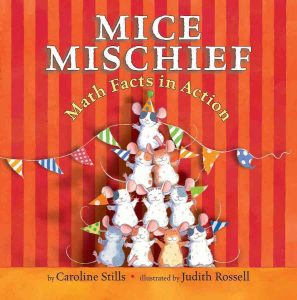Everyone has a passion. For some, it’s music. For others, it’s art. For our heroine, it’s math. When she looks around the world, she sees math in all the beautiful things: the concentric circles a stone makes in a lake, the curve of a slide, the geometric shapes in the playground. Others don’t understand her passion, but she doesn’t mind. There are infinite ways to see the world. And through math is one of them.
This book is a gorgeous ode to something vital but rarely celebrated. In the eyes of this little girl, math takes its place alongside painting, drawing and song as a way to ponder the beauty of the world.
Mathematics
Emmy Noether- The Most Important Matheematician You’ve Never Heard of
Emmy Noether is not pretty, quiet, good at housework or eager to marry — all the things a German girl is expected to be in her time. What she is, though, is a genius at math. When she grows up, she finds a way to first study math at a university (by sitting in, not actually enrolling) and then to teach it (by doing so for free). She also manages to do her own research into some of the most pressing math and physics problems of the day. And though she doesn’t get much credit during her lifetime, her discoveries continue to influence how we understand the world today.
The Boy Who Dreamed of Infinity: A Tale of the Genius Ramanujan
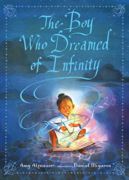
In 1887 in India, a boy named Ramanujan is born with a passion for numbers. This picture book biography tells the story of this mathematical genius who grew up to reinvents much of modern mathematics.
Stars and Poppy Seeds
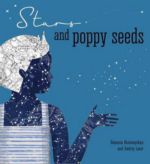
As the daughter of well-known mathematicians, Flora loves to count more than anything in the world. She counts all the things around her—the animals, grains of sand on the beach, and letters in her dad’s newspaper. When Dora looks at the Milky Way, she begins to wonder how to count the mesmerizing number of stars. Is it even possible? Is the night sky so full of stars that even all the numbers she knows would not be enough to count them? Dora soon learns that she needs to deal with such a complicated task by starting with the simplest of steps, and who knows, maybe one day she will achieve her dream.
Ada’s Ideas
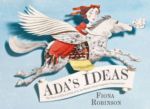
Ada Lovelace (1815–1852) was the daughter of Lord Byron, a poet, and Anna Isabella Milbanke, a mathematician. Her parents separated when she was young, and her mother insisted on a logic-focused education, rejecting Byron’s “mad” love of poetry. But Ada remained fascinated with her father and considered mathematics “poetical science.” Via her friendship with inventor Charles Babbage, she became involved in “programming” his Analytical Engine, a precursor to the computer, thus becoming the world’s first computer programmer.
Absolutely One Thing
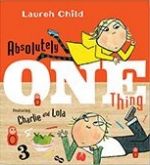
Sometimes, as a treat, Mom takes Charlie and Lola to the store and says they may choose one thing. With Lola bending everyday numbers to her will, the math goes down easy.
Mice Mischief: Math Facts in Action
Socrates and the Three Pigs
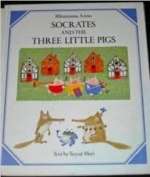
A wolf’s attempt to figure out in which of five houses he is most likely to find one of three little pigs introduces such mathematical concepts as combinatorial analysis, permutations, and probabilities.

